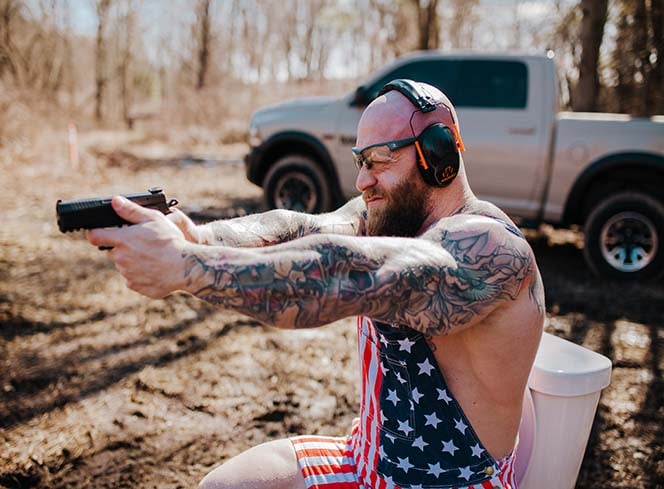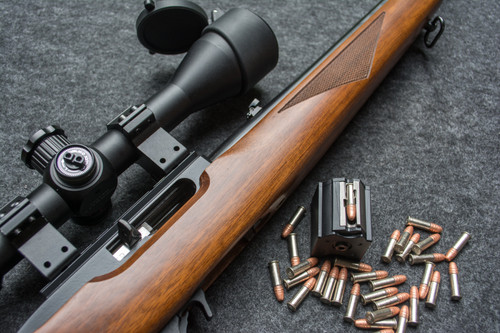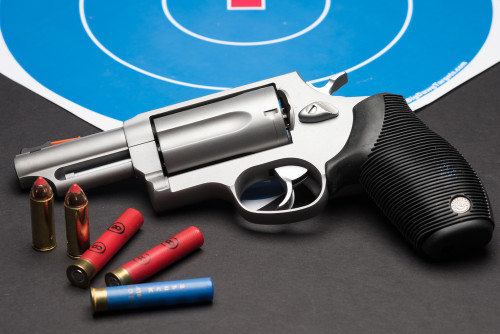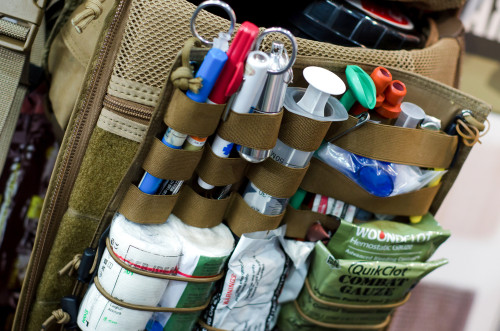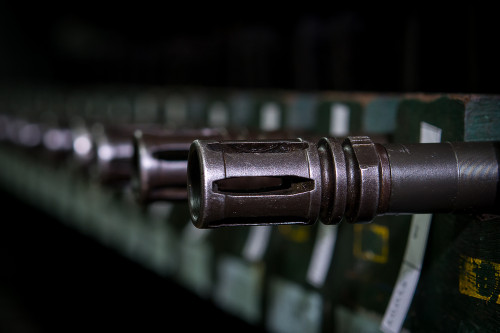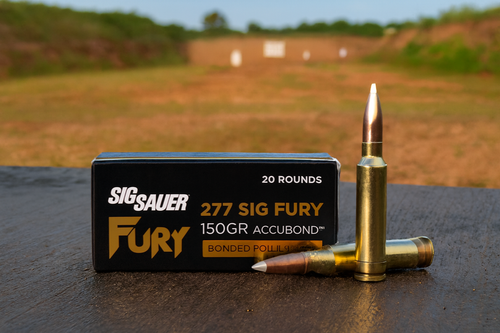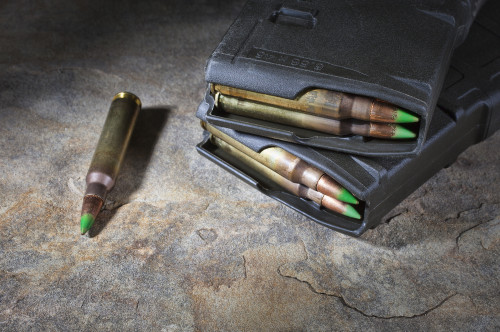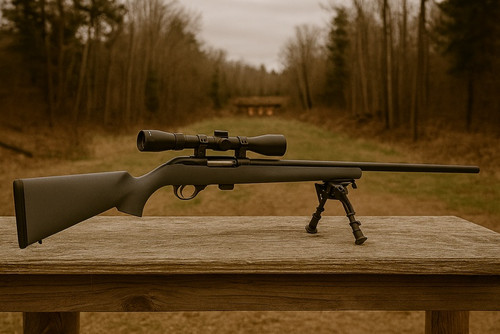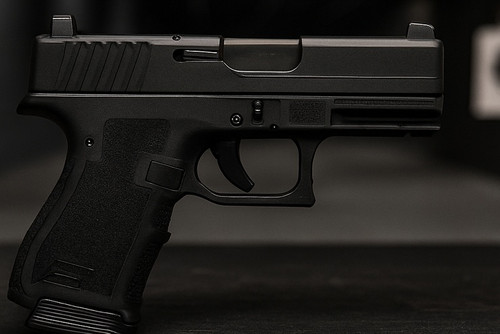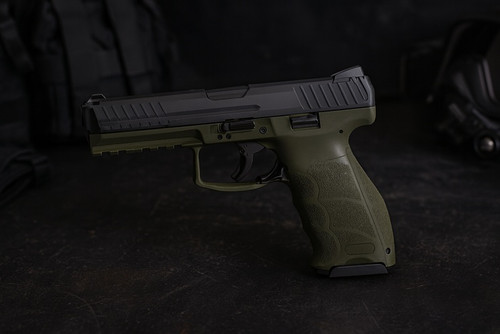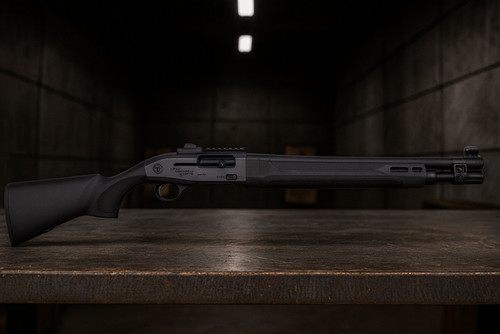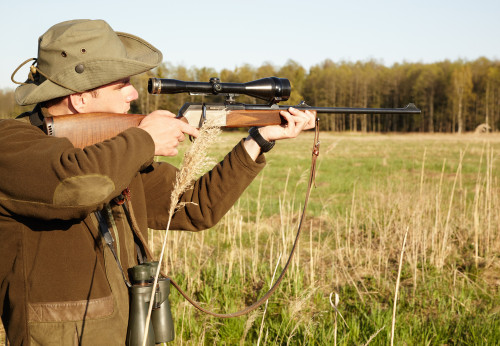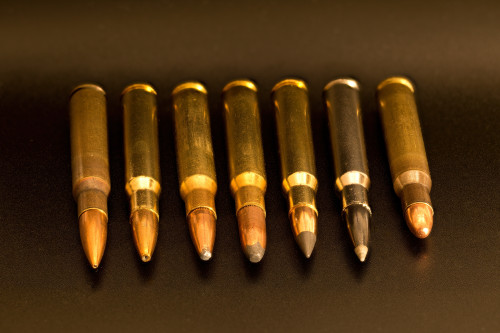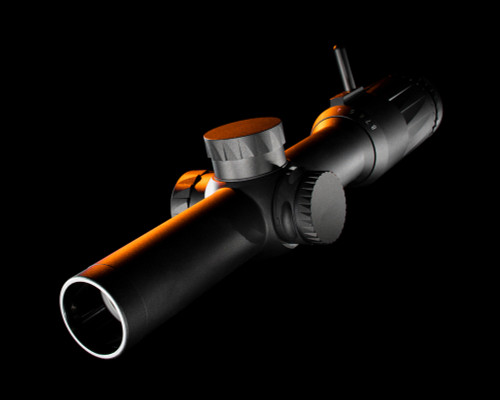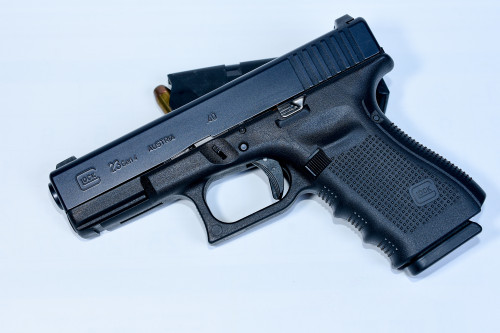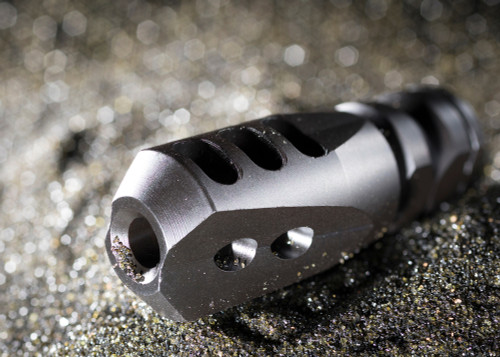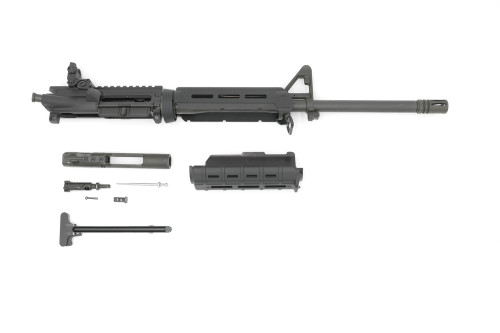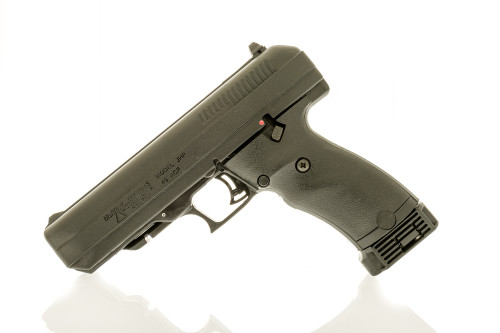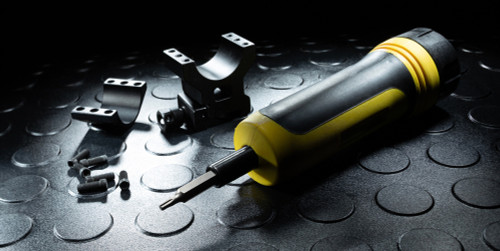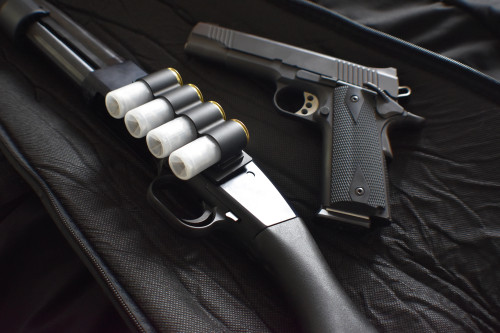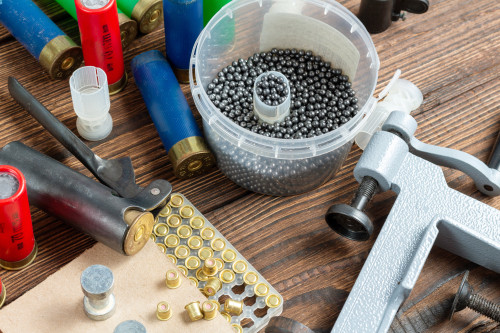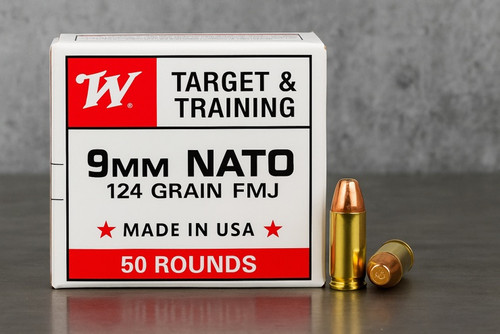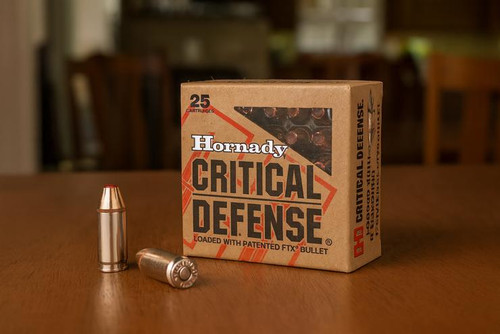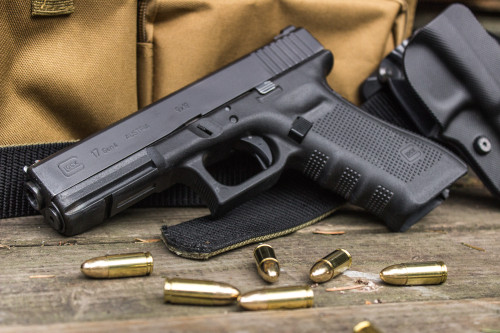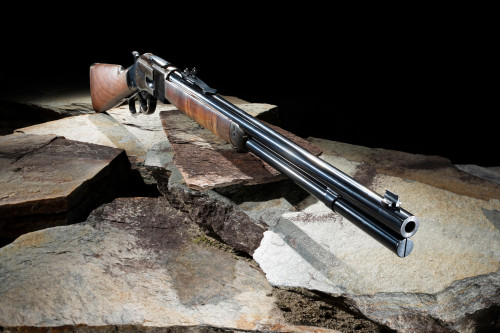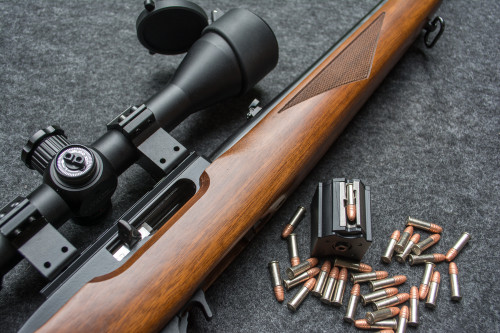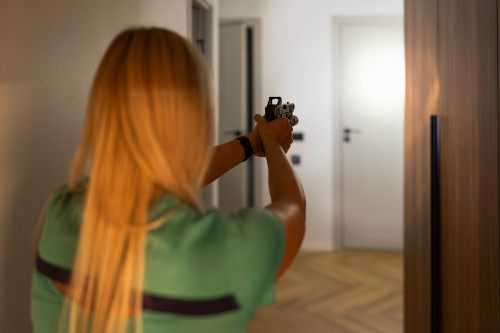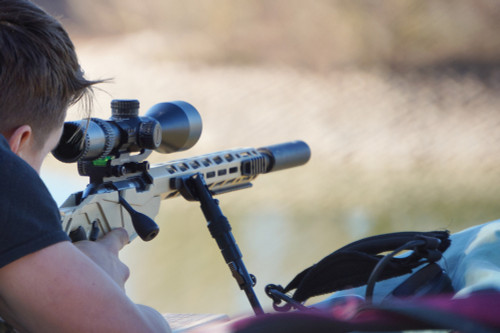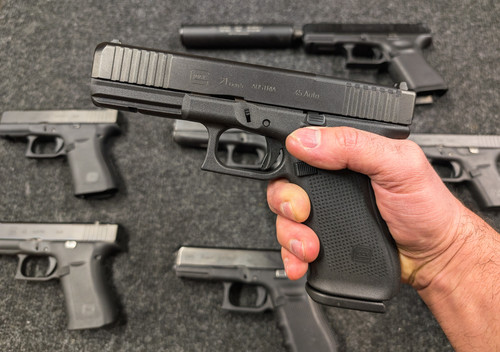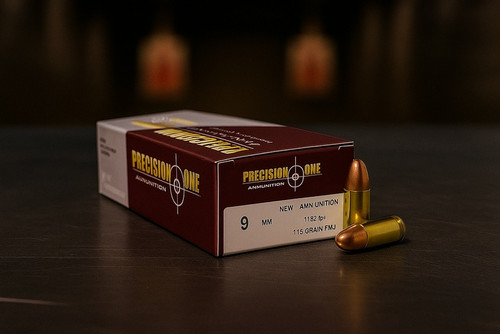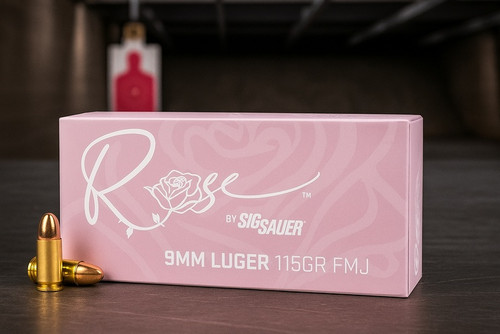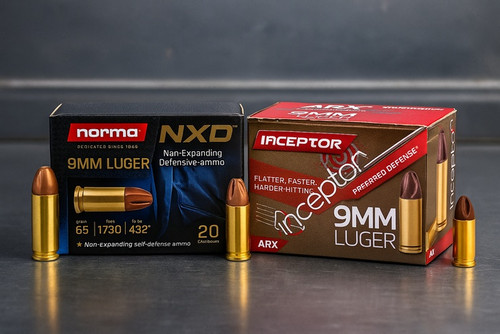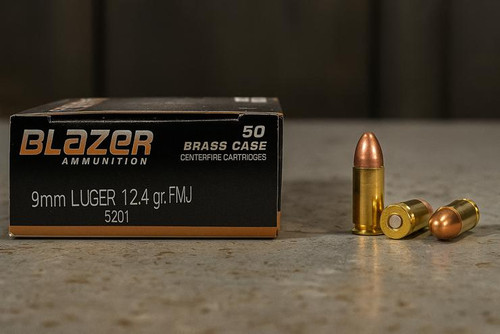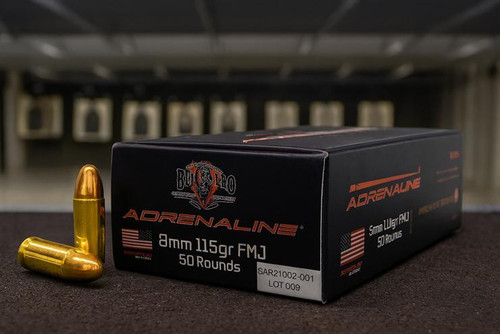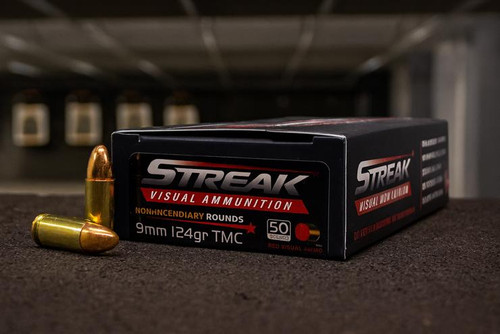Picking the right optic for your firearm can make a huge difference in your shooting experience. Many gun owners find themselves stuck between choosing red dot sights or holographic sights. Both help you aim faster than traditional iron sights, but they work in completely different ways.
Ready to learn which one might fit your needs best? This guide breaks down everything from how they work to who should buy each type. We'll compare prices, size, toughness, battery life, and real-world performance to help you make the best choice for your setup.
Quick Comparison Table
| Feature | Red Dots | Holographic Sights |
|---|---|---|
| Technology | LED emitter | Laser & mirrors |
| Price Range | $50 to $500+ | $400 to $800+ |
| Size & Weight | Compact options available | Slightly larger |
| Toughness | Varies by brand | Highly rugged |
| Battery Life | Up to 50,000 hours | 500–1,000 hours |
| Reticle Options | Dot sizes, some ring combos | Large ring + precise dot |
| Astigmatism Friendly | Can be blurry | Usually clearer |
| Night Vision Compatibility | Available in some models | Available in some models |
| Works with Magnifiers | Yes, but dot enlarges | Yes, reticle stays crisp |
| Field of View | Varies | Typically wider window |
| Speed of Target Acquisition | Fast | Often faster with Speed Ring |
How the Tech Works
Red dot sights use a straightforward approach to help you aim. They contain an LED that projects a dot onto a specially coated piece of glass. This glass reflects the dot back to your eye, creating the illusion that the dot is floating on your target. The tech inside is pretty simple compared to other options, which helps keep costs down and battery life long.
Holographic sights work through a much more complex system. They use a laser that bounces between mirrors to create a hologram that appears to float in front of the sight. Unlike red dots, holographic sights don't need the front glass to work - the hologram actually exists in space between you and the target. This means even if the front glass gets cracked or muddy, you can still use the sight as long as some portion remains intact.
The tech difference creates noticeable effects in daily use. Holographic reticles stay sharp against any background, appear to sit on the target itself (not on the glass), and maintain their size when magnified. Red dots, by contrast, sit on the glass itself and will grow larger when magnified.
Cost and Value
The price gap between these two sight types is significant. You can find decent red dots starting around $50 (like the Bushnell TRS-25), with great options in the $150-200 range like the Holosun HS403B. Higher-end models like the Aimpoint PRO run about $400-500.
For holographic sights, you'll need to open your wallet wider:
- EOTech models typically start around $500-600
- Vortex's UH-1 "Huey" runs about $500-600
- Few budget options exist below $400
The cost difference comes from the complex technology inside holographic sights. Their intricate laser systems cost more to manufacture than the simple LED setup in red dots. Is the extra cost worth it? That depends on your specific needs and budget constraints.
Size and Mounting Flexibility
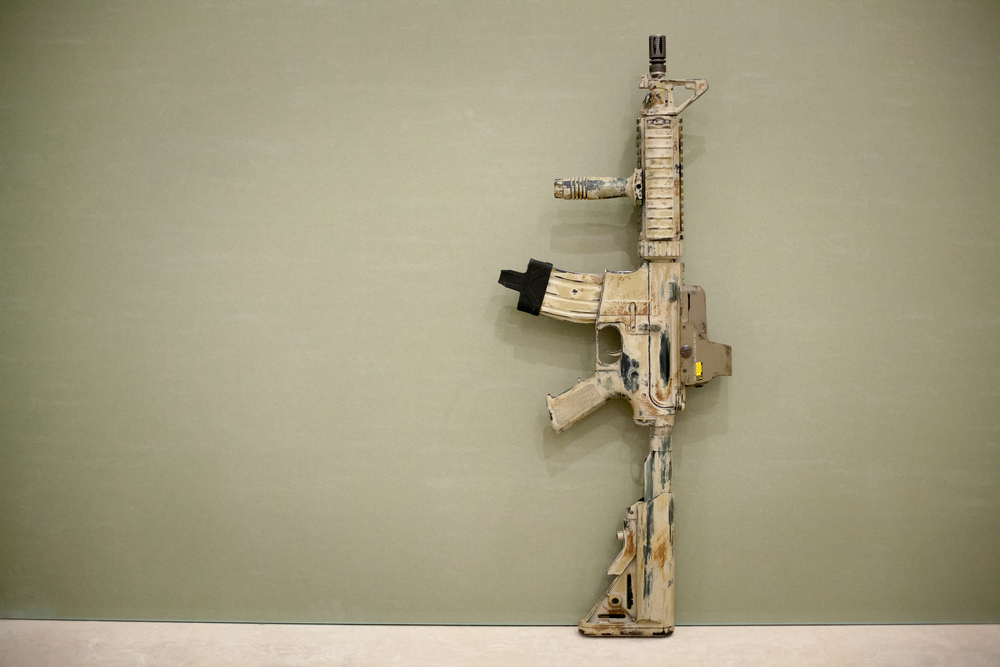
Red dots come in a huge range of sizes:
- Micro dots for handguns (Trijicon RMR, Holosun 507C)
- Compact dots for rifles and shotguns
- Tube-style dots in various diameters
This size range gives red dots excellent mounting flexibility. You can put them on almost anything - rifles, shotguns, handguns, and even bows or air guns.
Holographic sights:
- Come in fewer size options
- Are generally bulkier than compact red dots
- Currently don't offer micro versions for handguns
The smallest holographic sights are still too large for most handgun applications. If you need an optic for a pistol, your choice is pretty much limited to red dots at this point.
Toughness and Strength
Both types of sights can be built to take serious abuse. Top models from brands like Aimpoint and EOTech have survived house fires, explosions, and combat conditions.
Red dot toughness varies widely by price point:
- Budget models ($50-150): Good for recreational use
- Mid-range ($150-400): Can handle rough use
- Premium ($400+): Built for professional and military use
Holographic sights generally start at the premium level of toughness. They've been battle-tested by military forces worldwide. One major advantage: holographic sights can function even with damaged front glass. As long as some portion of the window remains, you can still see and use the reticle.
EOTech did face issues with "thermal drift" (zero shifting in extreme temperatures) years ago, but they fixed the problem and regained their military contracts.
Battery Life and Power Efficiency
Here's where red dots shine brightest:
- Many models offer 30,000-50,000 hours of battery life
- Some can run for 5+ years on a single battery
- Most use common battery types (CR2032, etc.)
Holographic sights are power-hungry by comparison:
- Typical battery life ranges from 500-1,000 hours
- You'll need to change batteries annually with regular use
- Some models automatically shut off to save power
The massive difference comes from the technology - running a laser system simply requires more power than illuminating a small LED. If you hate changing batteries or need an optic that's always ready without maintenance, red dots have a clear advantage.
Reticle Styles and Colors
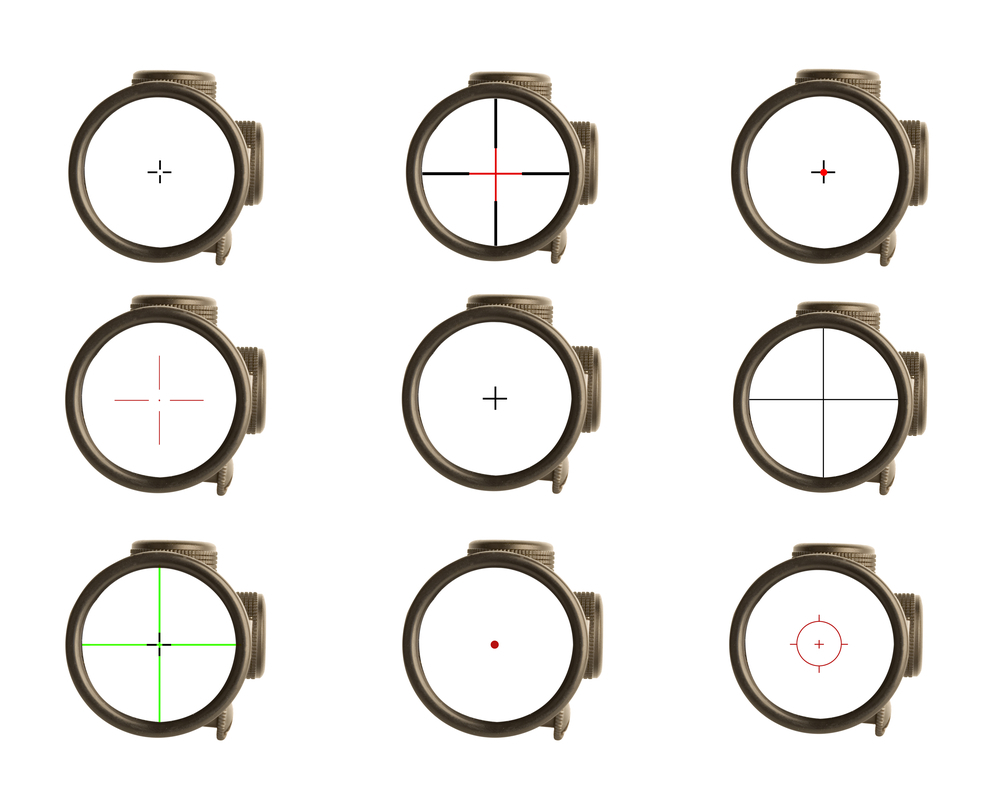
Red dots typically offer:
- Simple dot reticles (2-6 MOA size)
- Limited reticle pattern options
- Red or green color choices
Holographic sights feature:
- Complex reticle patterns (EOTech's Speed Ring)
- Extremely precise center dots (1 MOA)
- Range-finding capabilities built into reticles
- Red or green color options
The "Speed Ring" design of most holographic sights gives you the best of both worlds - a large circle for quick target acquisition at close range, plus a tiny precise dot for accurate shots at distance.
One interesting option: the Holosun 510C combines red dot technology (and battery life) with a holographic-style reticle pattern. It's not a true holographic sight, but offers some benefits of both worlds.
What If You Have Astigmatism?
Do you see starbursts or smeared dots when looking at small lights? You might have astigmatism, which affects how your eyes perceive red dots.
For people with astigmatism:
- Red dots often appear as starbursts, commas, or smears
- Holographic reticles typically appear clearer and more defined
- Green reticles may work better than red for some people
Nearly 30% of people have some degree of astigmatism. If you've tried a red dot and found it unusable due to distortion, a holographic sight might solve your problem.
Night Vision Compatibility
Both types offer options that work with night vision devices:
- Look for models specifically labeled "night vision compatible"
- These have extra-dim settings that won't damage night vision tubes
- Most premium models include this feature
Examples include the Aimpoint PRO for red dots and the EOTech EXPS3 for holographic sights. The compatibility works the same way for both technologies - they simply offer brightness settings low enough to use with night vision without washing out the image or damaging the device.
Using Magnifiers
Adding a magnifier (typically 3x or 5x) behind your optic lets you zoom in for longer shots. But there's a big difference in how each sight type works with magnifiers:
Red dots:
- The dot gets magnified along with the target
- A 2 MOA dot becomes a 6 MOA dot with 3x magnification
- This can obscure small targets at distance
Holographic sights:
- The reticle stays the same apparent size when magnified
- A 1 MOA dot remains 1 MOA even with magnification
- This lets you make more precise shots at distance
This difference comes from how the reticles are created. Red dots project an actual dot that gets magnified. Holographic reticles are created from laser light at a size so small that they remain precise even when magnified.
Field of View and Situational Awareness
Your field of view through the sight affects how quickly you can find targets and maintain awareness of your surroundings.
Red dots vary widely:
- Tube-style sights can create a "tunnel vision" effect
- Smaller windows on pistol dots require more precise eye alignment
- Open-style red dots offer better peripheral vision
Holographic sights generally offer:
- Rectangular, wide windows
- Less obstruction of your view
- Clearer sight picture with both eyes open
The EOTech's large rectangular window gives you an excellent field of view with minimal obstruction. For competitive shooters who need to track multiple targets quickly, this can be a significant advantage.
Target Acquisition Speed
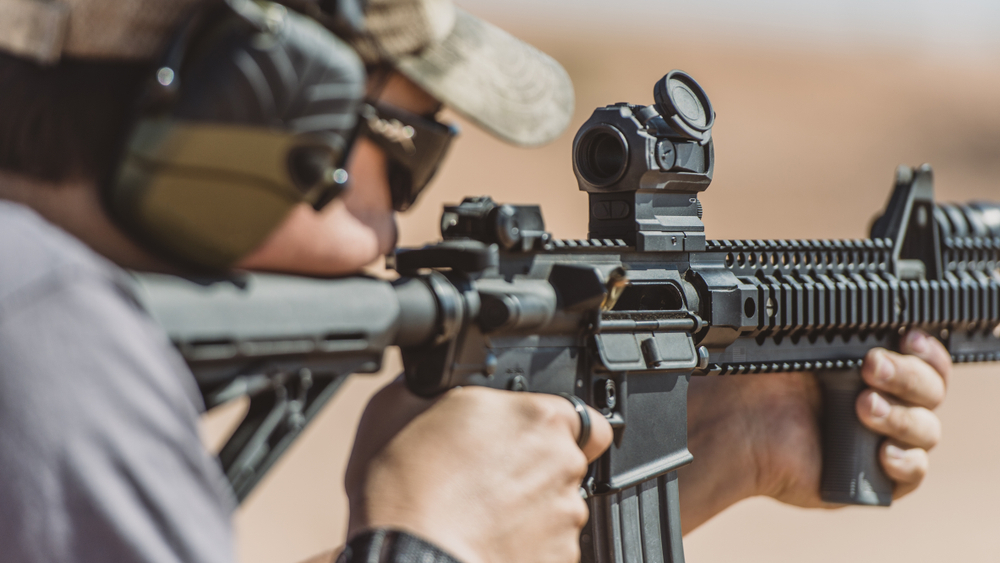
How fast can you get on target? This matters for defensive use, competition, and hunting scenarios.
Red dots offer:
- Quick target acquisition, especially at close range
- Simpler sight picture (just put the dot on target)
- Good speed for general-purpose use
Holographic sights typically provide:
- Slightly faster target acquisition with the Speed Ring design
- More intuitive aiming with the reticle projected at target distance
- Better performance when transitioning between targets
The holographic advantage comes from how your eye perceives the reticle. Since the hologram appears to be at the same distance as your target (not on the glass), your eye doesn't need to refocus between the reticle and target. This saves fractions of a second that add up in fast-paced scenarios.
Final Thoughts: Which Should You Choose?
After breaking down all these factors, which sight type comes out on top? As with most gear choices, it depends on your specific needs.
Choose a red dot if:
- You're on a tight budget
- Battery life is a top priority
- You need something compact for a handgun
- You want a simple, no-frills aiming solution
- Weight matters for your setup
Best red dot picks:
- Budget: Bushnell TRS-25 ($50-75)
- Mid-range: Holosun HS403B ($130-150)
- Premium: Aimpoint PRO ($400-450)
- For handguns: Holosun 507C X2 ($300-350)
Choose a holographic sight if:
- You can afford the higher price
- You need the clearest possible reticle
- You use magnifiers frequently
- You compete in fast-paced shooting sports
- You have astigmatism issues with red dots
Best holographic picks:
- EOTech EXPS2 ($550-600) - The gold standard
- Vortex AMG UH-1 ($500-550) - Great alternative with unique features
Can't decide? The Holosun 510C ($250-300) offers a middle ground - it's technically a red dot with holographic-style features, including a similar reticle pattern and exceptional battery life.
Remember, the best optic is the one that works for your specific needs, budget, and shooting style. Do you value battery life over reticle clarity? Need something for a handgun? Your personal priorities should guide your final decision.
Choosing between a red dot and a holographic sight comes down to personal preference, budget, and use case. To explore how these options stack up against magnifiers and LPVOs, don’t miss our comprehensive AR-15 optics roundup.
Frequently Asked Questions
How long do batteries last in red dots vs holographic sights?
Red dots can last 30,000-50,000 hours (3-5 years) on a single battery. Holographic sights typically last 500-1,000 hours (a few months of regular use). The huge difference comes from the power-hungry laser technology in holographic sights compared to the efficient LEDs in red dots.
Can people with astigmatism use these optics?
Yes, but with different results. People with astigmatism often see red dots as starbursts or smeared shapes. Holographic sights typically appear clearer to those with astigmatism because of how they project the reticle. Green reticles may also work better than red for some people with astigmatism.
Do holographic sights work if the glass gets broken?
Yes! This is a major advantage of holographic technology. As long as some portion of the window remains intact, the sight will still function. The hologram is projected throughout the entire window, so even with cracks or partial obstruction, you can still aim effectively.
What happens when you add a magnifier to these optics?
With a red dot, the dot itself gets magnified along with the target. A 2 MOA dot becomes a 6 MOA dot with a 3x magnifier, which can cover more of your target. With a holographic sight, the reticle stays the same apparent size even when magnified, allowing for more precise aiming at distance.
Are these optics good for beginners?
Both types work great for beginners, but red dots tend to be more beginner-friendly due to lower cost and simpler operation. New shooters can start with an affordable red dot ($50-150) to learn the basics, then upgrade to a holographic sight later if needed.
Can I use these optics with night vision devices?
Yes, but look for models specifically labeled as night vision compatible. These have extra-dim settings that won't damage night vision equipment. Most premium models from brands like Aimpoint, EOTech, and Holosun offer night vision compatibility.




 Pro Armory Editorial Team
Pro Armory Editorial Team